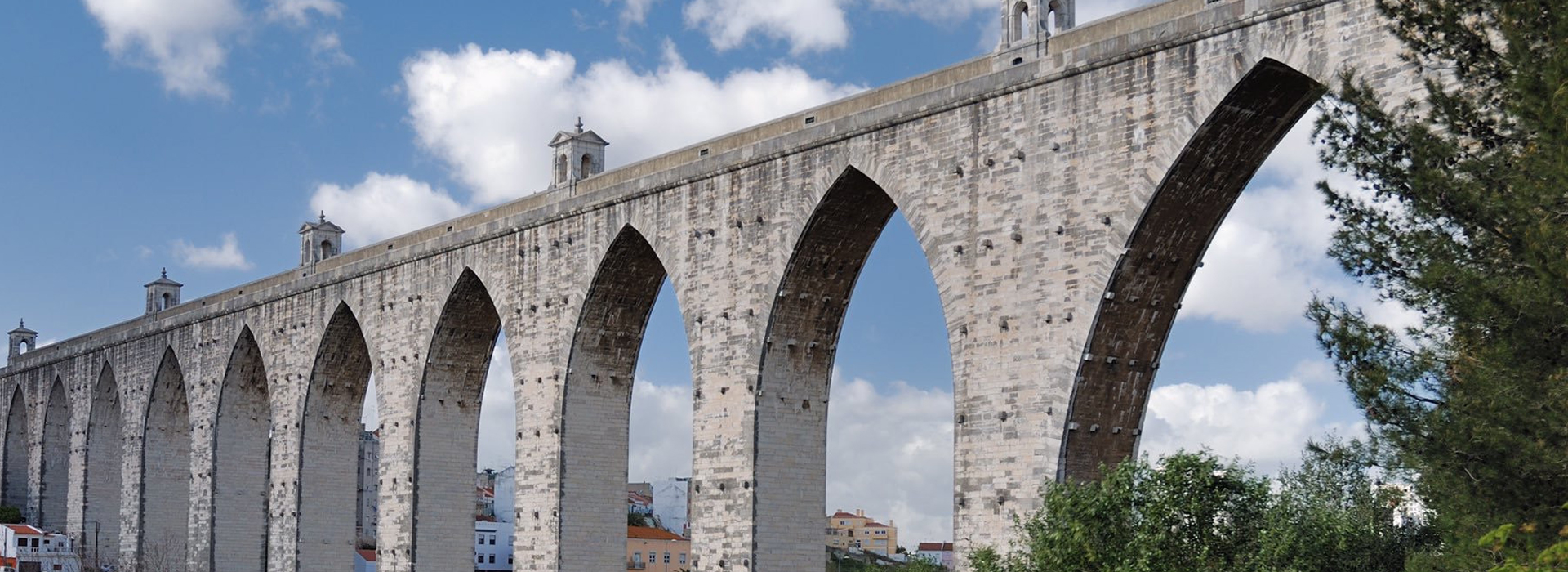
Águas Livres Aqueduct (Aqueduto das Águas Livres)
The Águas Livres Aqueduct, a symbol of Lisbon's engineering prowess, is a must-see attraction. Built in the 18th century to supply water to the city, it stretches over 58 kilometres and features impressive arches and stone pillars. Visitors can explore its historical significance and marvel at its architectural grandeur while enjoying panoramic views of Lisbon. Don't miss the opportunity to walk along the scenic aqueduct path, offering a unique perspective of the city. The highlight is the Mãe d'Água reservoir, now a museum, showcasing the aqueduct's history and technology. Discover the secrets of this engineering marvel and soak in the beauty of Lisbon's skyline from atop the aqueduct. Whether you're a history buff, architecture enthusiast, or nature lover, the Águas Livres Aqueduct promises an enriching experience for all.
History
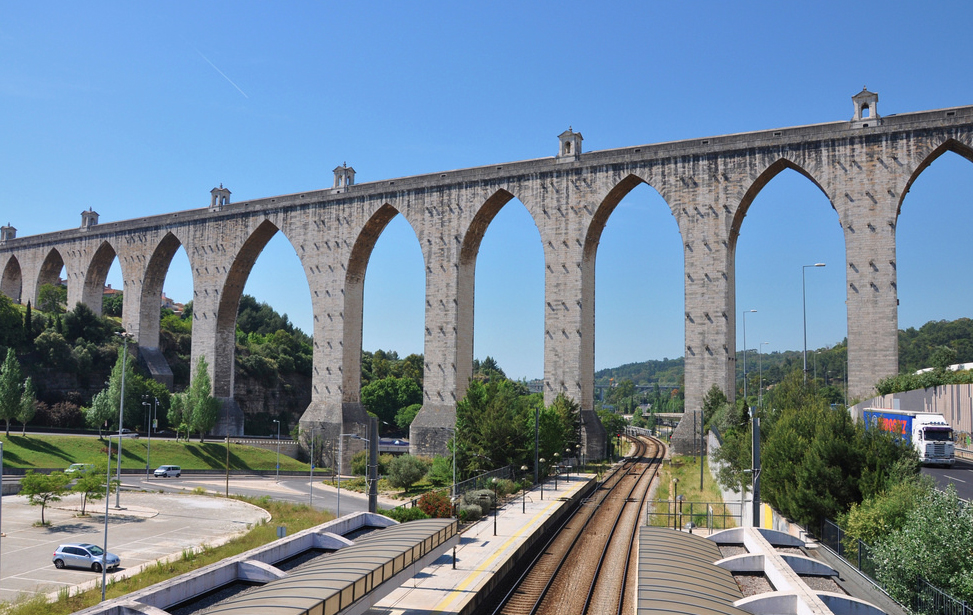
Águas Livres Aqueduct (Aqueduto das Águas Livres)
The aqueduct is made up of 109 stone arches, the most impressive span the Alcântara Valley (best seen from the Campolide train station), the tallest of which rises to a spectacular 65m (213ft) from the ground with a span of 29m (95ft), the tallest stone arch in the world. These arches were designed by Carlos Mardel, whose impressive construction survive the 1755 earthquake that did so much damage to other parts of Lisbon.
TOP LISBON TOURS

True 4 Hour TukTuk Tour of Lisbon
Experience Lisbon efficiently with a private half-day tuk-tuk tour, perfect for those seeking an eco-friendly way to explore the city. Personalise your itinerary and discover top attractions such as the historic Bairro Alto neighbourhood, the stunning Jerónimos Monastery and the breathtaking Miradouro da Senhora do Monte. Travel beyond the city centre to uncover multiple neighbourhoods while covering more ground quickly. This private tour offers flexibility and an intimate experience, allowing you to soak in Lisbon's vibrant atmosphere and iconic landmarks while enjoying the comfort of your private tuk-tuk.
(4,314) | 4 Hr | ✔ Free Cancellation
Check Availability
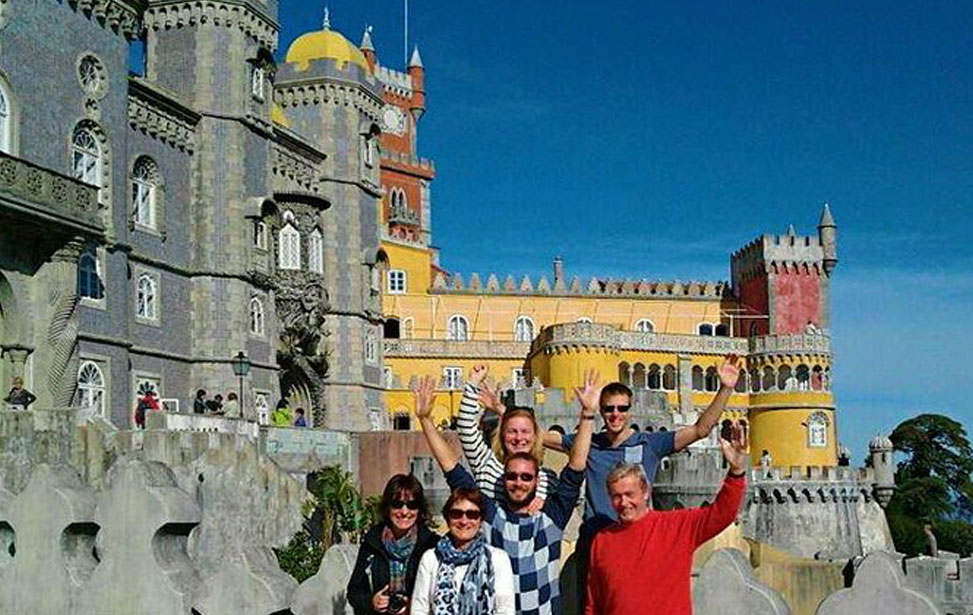
Full-Day Tour Best of Sintra and Cascais from Lisbon
Discover the enchanting beauty of Sintra on a full-day small-group tour from Lisbon. Explore the region's UNESCO-listed sites, including the majestic Pena Palace and charming Sintra Village. Witness stunning views from Cabo da Roca, Europe's westernmost point, and take in the coastal allure of the picturesque fishing village of Cascais. Enjoy personalised attention from your guide throughout this intimate experience, limited to eight people. Round-trip transportation from your Lisbon hotel is included, ensuring a seamless journey. Experience the romantic landscape of Sintra and Cascais on this unforgettable tour.
(753) | 8 Hr | ✔ Free Cancellation
Check Availability
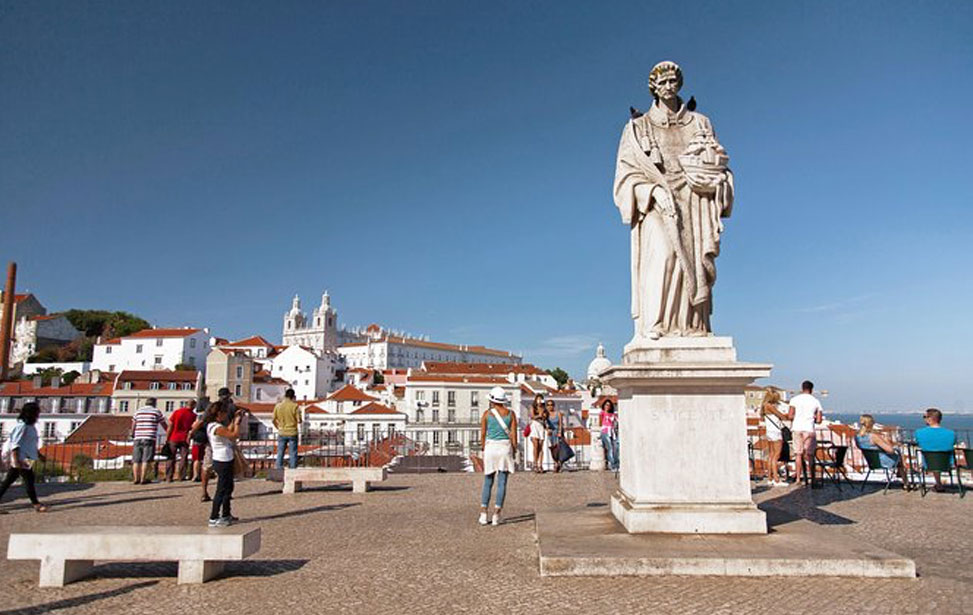
Private City Tour: Highlights of Lisbon
Explore the best of Lisbon on this private tour with an experienced guide. Journey through Portugal's capital, learning about its rich history while visiting top landmarks. Travel efficiently in an air-conditioned vehicle and discover historic districts like Chiado, Alfama, Baixa, and Belem on foot. Choose a morning or afternoon departure and enjoy convenient pickup and drop-off at your Lisbon hotel or cruise terminal. Taste the world-renowned pastel de Belém and immerse yourself in the charm of Lisbon. A private guide and vehicle provide a personalised experience as you uncover the highlights of the city.
(616) | 4 Hr | ✔ Free Cancellation
Check Availability
Walking the Aqueduct
The walkways are sufficiently wide enough to curb any feeling of vertigo, leaving your mind free to appreciate the incredible views from this vantage point. The path between the main entrance at Campolide and Monsanto is about a kilometre. It lies on a flat plane, with no stairs or climbing of any sort. The aqueduct attained National Monument status in 1910. The walk starts at the EPAL's Water Museum station in Calçada da Quintinha Road, in Campolide.
Open between 1 March and 30 November, Tuesday to Saturday: 10h00 - 17h30
FREE
Getting to the Águas Livres Aqueduct
|
The Calçada Estação train station is 10 minutes stroll from the start of the aqueduct walk: • Linha de Sintra/Azambuja: Timetable Trains of Portugal Website |
|
| The 702 bus gets you close, alight at the Cç. dos Mestres, Rua 5: Timetable |
Museu da Água, Epal, 6 Calçada da Quintinha, Campolide, Lisboa, Portugal.
38° 43′ 11.4″ N | 09° 07′ 11.8″ W | +351 218 100 215
museu@epal.pt | Website
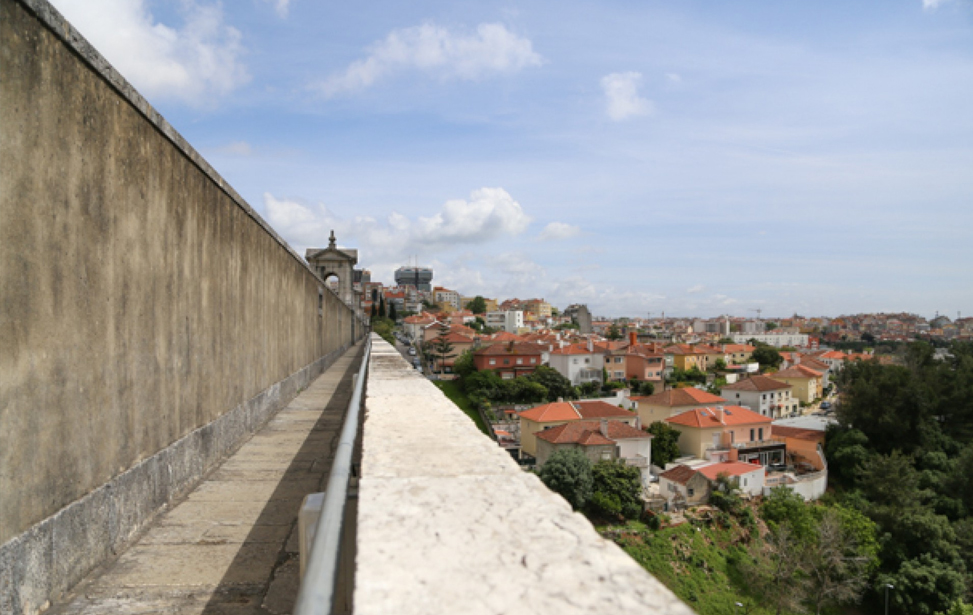
Águas Livres Aqueduct (Aqueduto das Águas Livres)


 Lisbon Card Discounts
Lisbon Card Discounts






